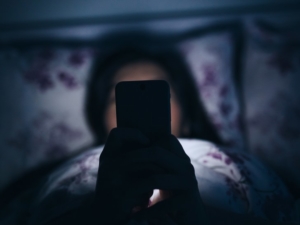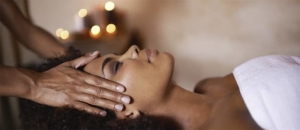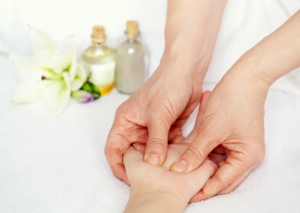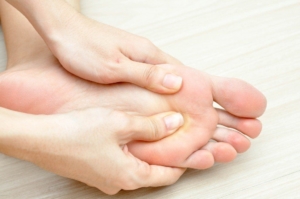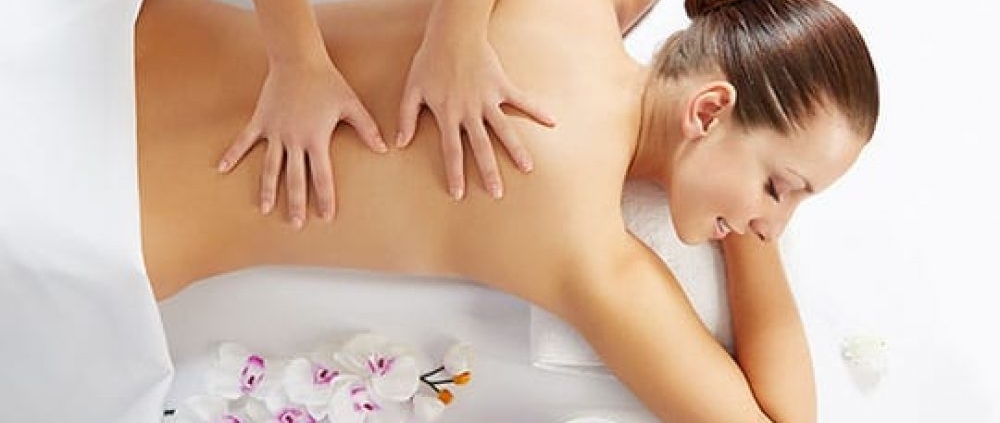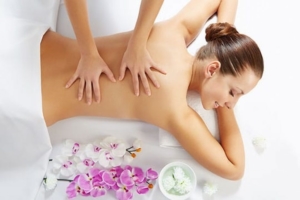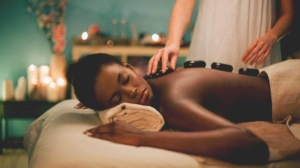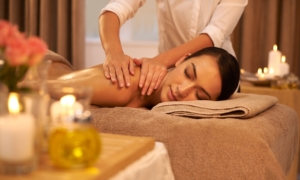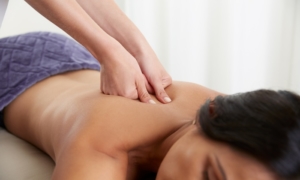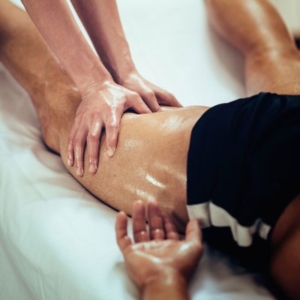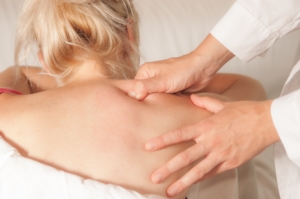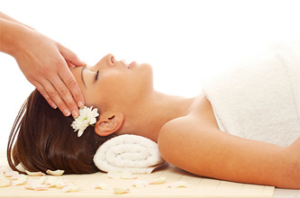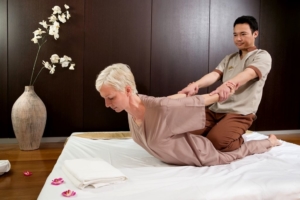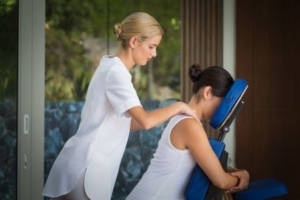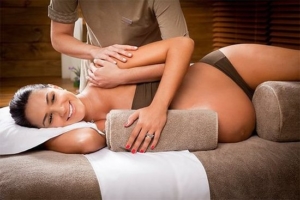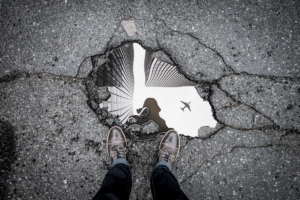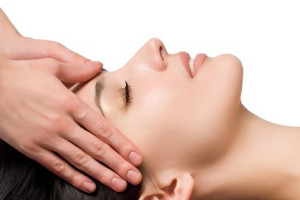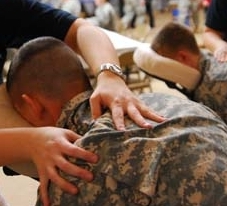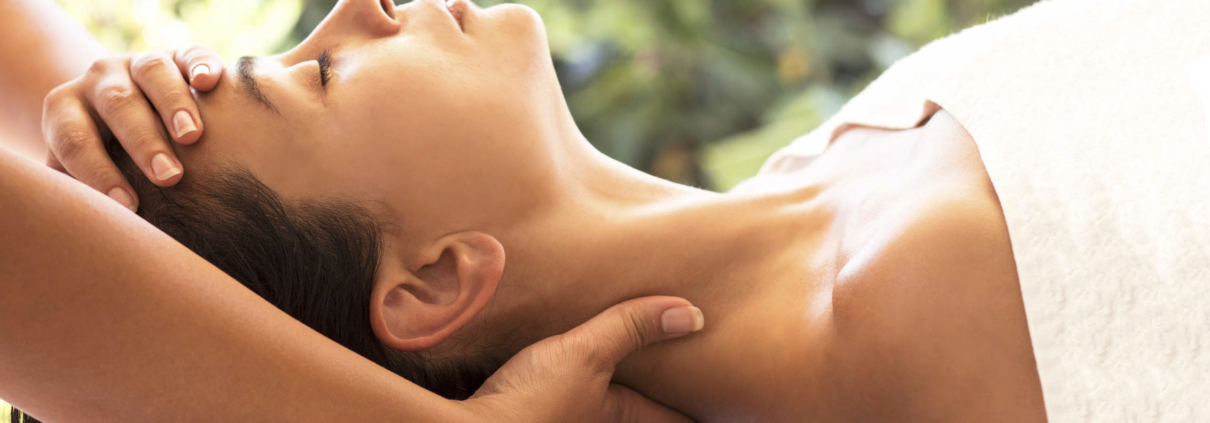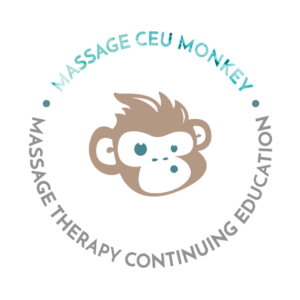Get More Sleep with Massage for Insomnia – Massage Continuing Education
What is Insomnia?
Insomnia is sleep disorder, which could make it hard to fall asleep, stay asleep, or cause you to wake up too early. Around 60 million people are affected by insomnia a year. Adults should be getting around 7-9 hours of sleep a night. While you can probably function if you only get 5 hours of sleep ONE night, it’s best to avoid disrupting your sleep schedule and continue 7-9 hours a night. Even if you are getting your full recommended hours in a night, if you have poor sleep quality, those hours won’t seem as though they were enough.
There are two different types of insomnia:
- Acute: this is a short-term insomnia. It is usually onset by stress
- Chronic: This is a more long-term insomnia, usually resulting from a medical condition or maybe a medication you are currently taking.
Side Effects of Insomnia
Insomnia can affect your life in many ways. Not getting enough sleep is detrimental to one’s health. Here are some side effects of insomnia:
- Low performance at work/school
- Increased chances of getting sick due to a low immune system
- Difficulty managing weight
- Increased chances of depression/anxiety
- Reduced mental, emotional, and physical well-being.
Causes of Insomnia
There is a chance that insomnia is being caused by an underlying condition or medication. However, if it is not, you probably are suffering from chronic insomnia. Causes of insomnia are:
- Stress: worries keep your mind active, especially at night
- Work schedule: disrupting your internal clock & working an either late or early shift
- Sleep Habits: using electronics before bed and not having a set sleep schedule.
- Mental Health: Anxiety and depression can negatively affect your sleep.
Massage Therapy for Insomnia
We all know and love massages for how relaxing they are. We know that massages help with back pain. But did you know that massages are helpful for people battling insomnia? Massage can benefit the body in so many ways related to insomnia. First, massage therapy can help loosen your tight muscles and reestablishes circulation to these muscles. Also, massage therapy can help to relax and dilate one’s arteries, which in turn, will make the heart work easier, in cases of an accelerated heart rate. Serotonin levels also be heightened through massage therapy. The best part of massage therapy for insomnia, it requires no medication and it has no side effects.
Benefits of Massage Therapy for Insomnia:
- Relax the mind and body
- Eases stress, depression, and anxiety
- Reduces signs and symptoms of insomnia
- Increases serotonin levels
Massage Therapy & Essential Oils – Guaranteed Sleep
Essential oils alone are already known to help people fall asleep, so adding essential oils to an already relaxing massage, is a sure-fire way to get some sleep. There are a few different oils that can help:
- Lavender
- Roman Chamomile
- Ylang Ylang
- Valerian
- Vetiver
- Cedarwood
Self-Massage Techniques to Try at Home
Massages can be costly and our busy schedules can’t always fit them in. Here are some at home massage techniques that you can try to help with insomnia:
- Center of the sole of the foot:
You begin by using hot water on your feet then using both thumbs at the arch of your foot, move in a circulation motion about 90 times.
- The Head:
Rub your palms together until they feel hot, then rub your face with your palms 10-20 times. Then, using your tip of your middle finger, massage between your eyebrows approximately 30 times.
- The abdomen:
Again, rub your palms together until they are hot, then massage your abdomen clockwise with one pam approximately 20 times. Repeat counterclockwise.
Zeel: What Is It & How Does It Relate to Insomnia?
Zeel is essentially an App that you can book massage therapists to come to your home, office, or hotel. They provide the massage table and sheets, unless you prefer your own sheets. You choose the duration of your massage: 30, 60, or 90 minutes. If you are having issues falling asleep, you can book a massage right before bed. You don’t have to leave the comfort of your home, so you can just crawl right into bed afterwards.
This can be essential to someone dealing with insomnia as a relaxing massage is known to help with insomnia. There is no deep tissue work done. The massage is described as using long, gliding, relaxing strokes up and down the back, by the developer of Zeel, Eva Carey. These relaxing techniques can help soothe you before bed.
References:
Schott, J. 2017. I Tried a Sleep Massage for Insomnia. Elle.
Neely, J. 2017. Having Trouble Sleeping? How Massage Therapy Can Help. Massagetique.
Lerner, M. 2017. Treat Sleep Issues & Insomnia with Sleep Massage Therapy. Zeel.
O’Donnel, C. Massage Therapy for Insomnia: A Natural Way to Sleep Better. Jacqueline Jase Face & Body Center.
2015. 5 At Home- Massage Techniques to Help Insomnia. Clarysage College.
Insomnia. Mayo Clinic.
Stinson, A. 2018. What is A Sleep Massage? I Tried Them Once a Week For a Month & Here’s What Happened. Elite Daily.
Lamoreux, K. 2018. Everything You Need to Know About Insomnia. Healthline.




